Data released by the Clean Energy Regulator (CER) shows 43,517 solar batteries have been installed or the equivalent of 888 per day, since 1 July 2025, when solar batteries became eligible under the Small-scale Renewable Energy Scheme (SRES), and have provided a total nominal capacity of 825 MWh.
New South Wales (NSW) is streaking ahead at 15,418 installations to the end of August 2025, followed by Queensland (8,572), Victoria (6,945), South Australia (SA) (6,415), Western Australia (WA) (4,577), the Australian Capital Territory (ACT) (865), Tasmania (580), and the Northern Territory (NT) (145).
The average solar battery size in kWh to the end of August 2025 sees the NT going big with an average of 24.8 kWh, followed by Queensland (20.7 kWh), NSW (19.6), the ACT (18.8), SA (18.2), Victoria (17.9), WA (16.6), and Tasmania (16.5 kWh).
Solar and storage market analyst SunWiz found 423 MWh were registered through the SRES in August 2025.
Also in August, Sydney-based home battery manufacturer VoltX Energy said in 2024, it was installing approximately 30 home batteries a month, but is now consistently exceeding 600 a month.
VoltX’s Chief Operating Officer David Sedighi said states seeing the biggest growth in sales are Queensland (up 390%), South Australia (up 315%) and NSW (up 160%).
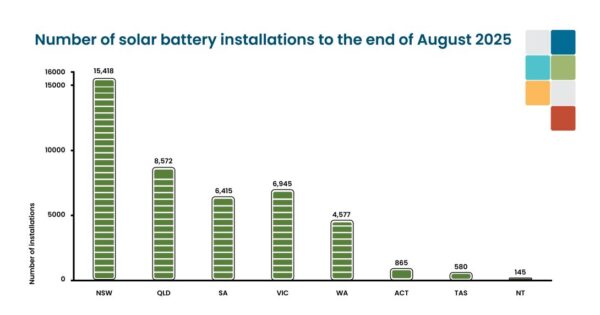
“Homes with solar panels are already more common than a suburban backyard swimming pool with household batteries only adding to their popularity because they can eliminate reliance on the main grid entirely,” Sedighi said.
Analysis by the Queensland Conservation Council drilled down on the uptake by suburbs leading the battery storage installation charge since 1 July, with Beenleigh, 35 kilometres south of Brisbane installing the most at 655 kWh in the first month of the $2.3 billion (USD 1.5 billion) Cheaper Home Batteries program, followed by 573 kWh in Caloundra, 93 kilometres north of the state’s capital.
Queensland Conservation Council campaigner Stephanie Gray said outer suburban and regional areas are leading the charge in adopting rooftop solar and household batteries.
“Because it’s a smart investment to help tackle the rising cost of living. Our report found that rooftop solar and distributed battery storage, including electric vehicles (EVs), could provide up to 60% of Queensland’s electricity. Currently, small-scale solar provides almost 15% of Queensland’s electricity,” Gray said.
Local councils in NSW have also unveiled a solar, battery program to help residents make the switch.
The Solar Neighbourhoods initiative is designed to remove barriers to uptake in the regions of Newcastle, Maitland and Lake Macquarie, all Hunter region local government areas (LGAs).
City of Newcastle Deputy Lord Mayor Callum Pull said through an extensive tender and due diligence process the councils have identified a range of high-quality systems, delivered by the shared councils program and local installers.
“This program also aligns with a key priority in our Newcastle Environment Strategy, which is to support the transition of the Newcastle LGA to net zero emissions through an accelerated uptake of onsite solar and batteries,” Pull said.
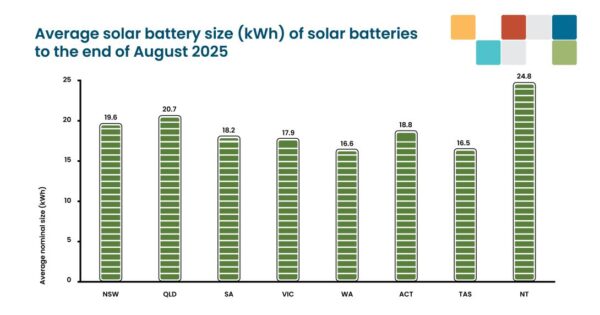
This content is protected by copyright and may not be reused. If you want to cooperate with us and would like to reuse some of our content, please contact: editors@pv-magazine.com.
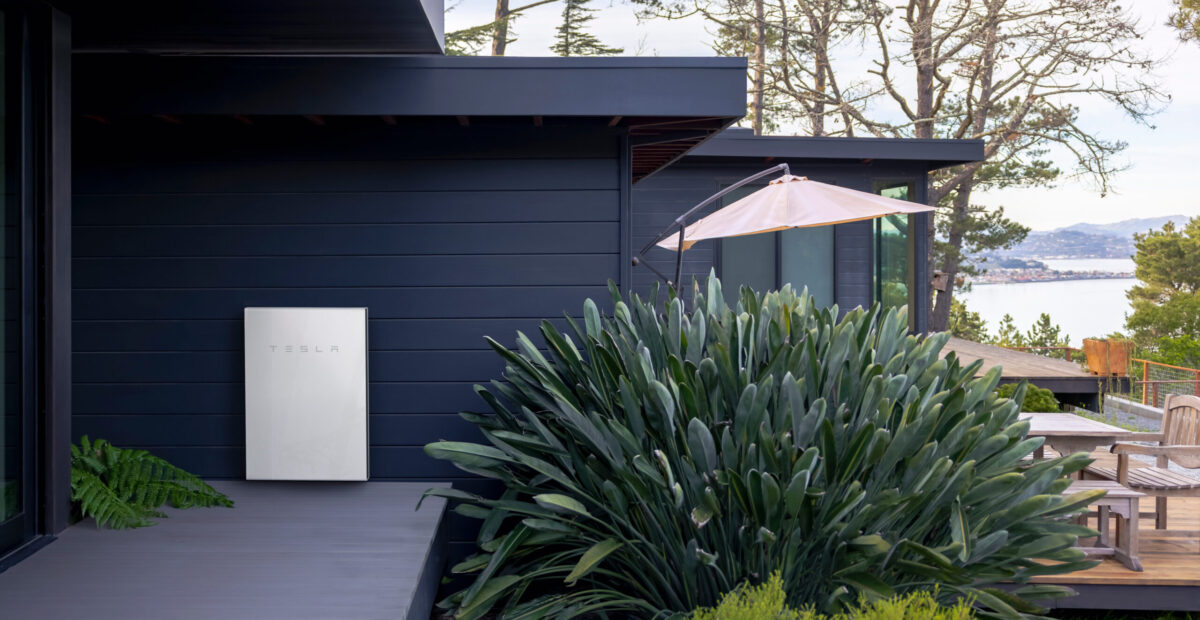
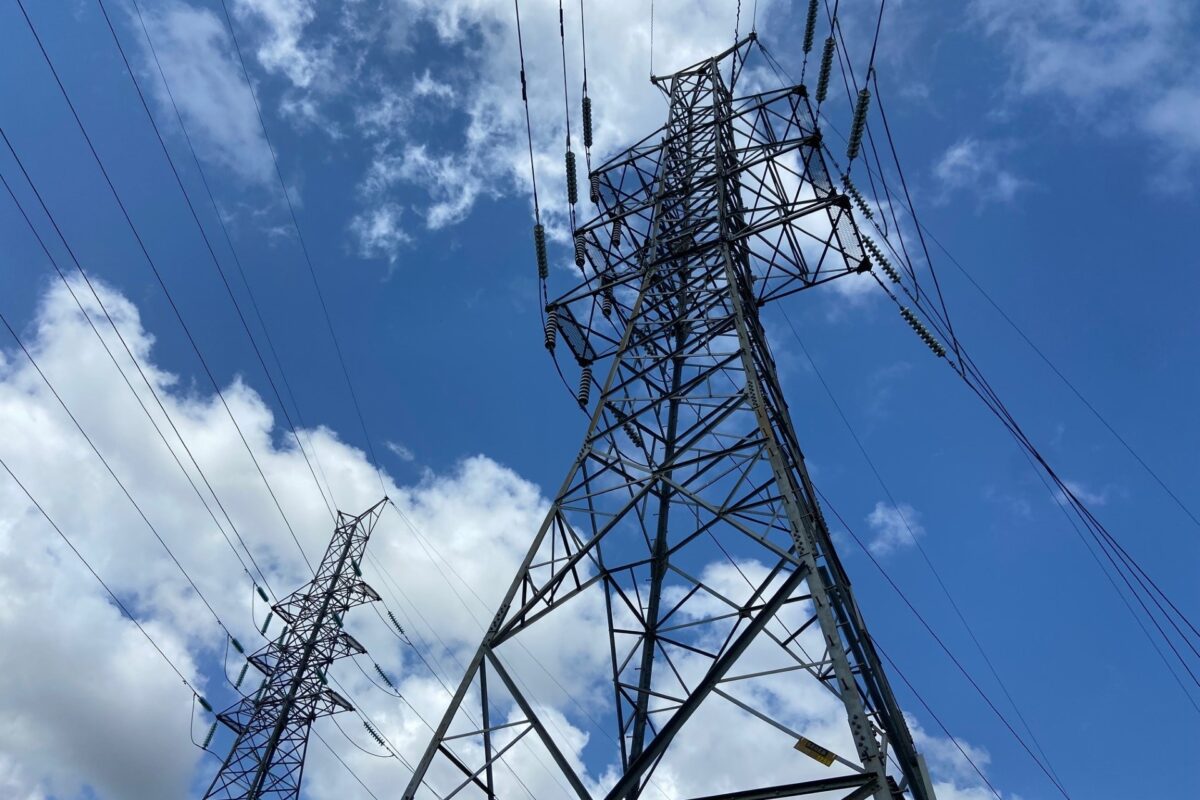


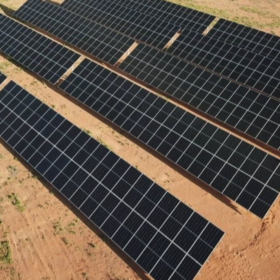
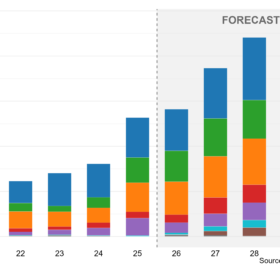
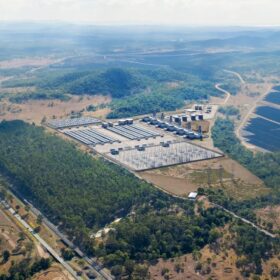
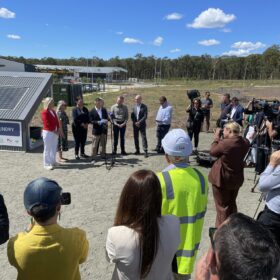

By submitting this form you agree to pv magazine using your data for the purposes of publishing your comment.
Your personal data will only be disclosed or otherwise transmitted to third parties for the purposes of spam filtering or if this is necessary for technical maintenance of the website. Any other transfer to third parties will not take place unless this is justified on the basis of applicable data protection regulations or if pv magazine is legally obliged to do so.
You may revoke this consent at any time with effect for the future, in which case your personal data will be deleted immediately. Otherwise, your data will be deleted if pv magazine has processed your request or the purpose of data storage is fulfilled.
Further information on data privacy can be found in our Data Protection Policy.